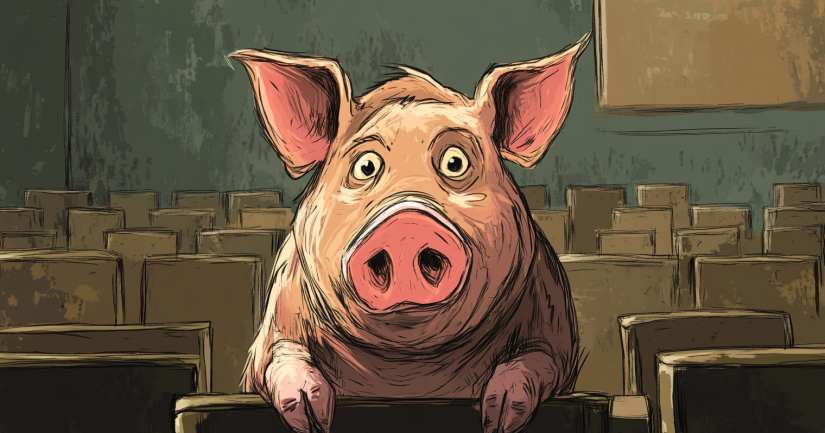
From start to finish, Animal Farm Order Of Events Quiz has key turning points. Challenge yourself to remember them all in this Order of Events Quiz! Dive into the world of George Orwell’s powerful allegory, where farm animals rise against their human oppressors. As you journey through the Animal Farm Order Of Events Quiz, you’ll explore the pivotal moments that shape this classic tale. From the initial rebellion to the rise of the pigs, each event reveals deeper truths about power, corruption, and the human condition.
Prepare to engage with key plot points that highlight the struggles and triumphs of the animal characters. You’ll connect their experiences to real-world themes of leadership and betrayal. Each question will challenge your memory and understanding, prompting you to think critically about the sequence of events. Enter Orwell’s World of rebellion and power – test yourself with the Animal Farm Book Quiz.
Jump In – Take the Animal Farm Order Of Events Quiz Now
As you answer, reflect on how Orwell’s insights remain relevant today. This quiz is not just a test of knowledge; it’s an invitation to consider the lessons hidden within the narrative. By the end, you’ll gain a clearer view of how the story unfolds and why it resonates with so many readers.
Plot order is key! For more on the literary techniques Orwell used, try our Animal Farm Literary Devices Quiz or strengthen your vocabulary with our Animal Farm Vocabulary Quiz.
Animal Farm Events – FAQ
The central theme of Animal Farm critiques totalitarianism and the corrupting power of authority. Through the story of farm animals revolting against their human owner, it explores how ideals can be twisted and how revolutions can turn into oppressive regimes.
Each character symbolizes key figures from the Russian Revolution and the rise of the Soviet Union. For example, Napoleon represents Joseph Stalin, while Snowball embodies Leon Trotsky. This allegory illustrates the power dynamics and betrayals of that historical period.
Propaganda is vital in Animal Farm, used by the pigs, especially Squealer, to manipulate the other animals and maintain control. Through misleading language and misinformation, the pigs distort the truth to justify their actions, showing how propaganda can alter reality and suppress dissent.
The farm setting symbolizes a microcosm of society. The animals’ struggles for power and equality unfold in this confined space, emphasizing themes of class struggle and the cyclical nature of oppression. The farm’s transformation reflects the societal changes following the animals’ revolution.
Modern readers can learn about the dangers of unchecked power and how noble ideals can be corrupted. The story highlights the importance of vigilance in governance and the need for individuals to question authority to prevent tyranny.
